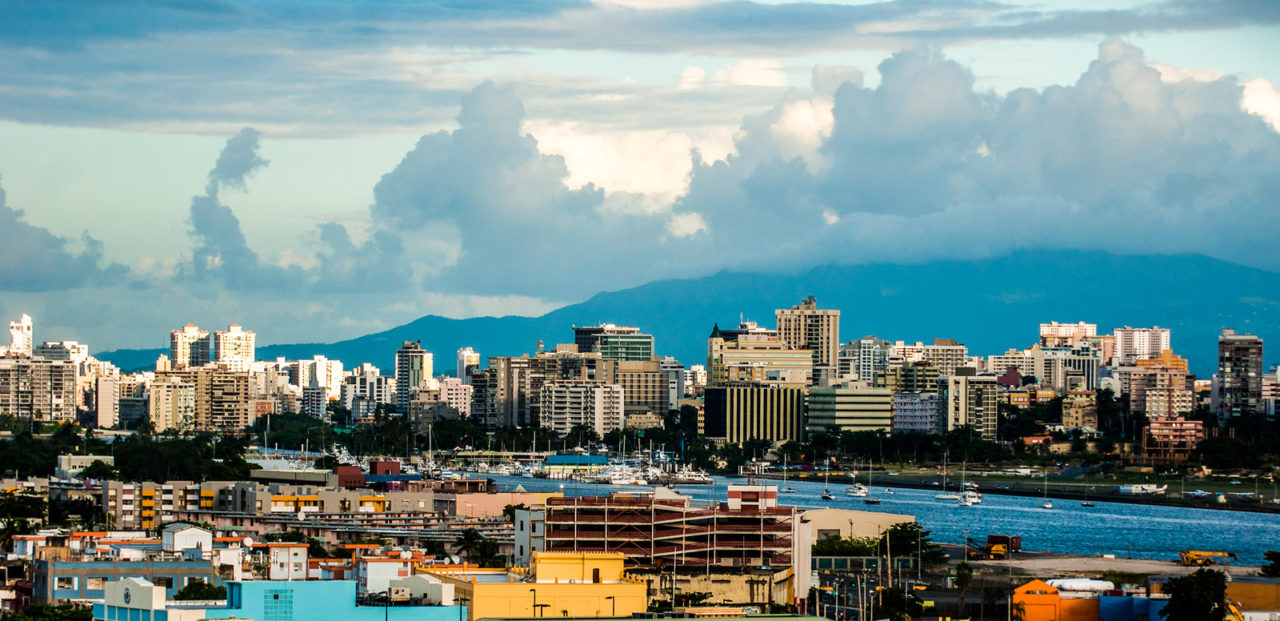
Puerto Rico has been urged to embrace PV and energy storage more decisively as it works to rebuild its battered power grid, fortifying it against future storms.
Asked to outline a new power mix for the Caribbean island after hurricane Maria in 2017, Siemens recommended in June PV additions of 1.8GW by 2023, up from the 720MW-1.2GW it had suggested in an earlier plan.
Try Premium for just $1
- Full premium access for the first month at only $1
- Converts to an annual rate after 30 days unless cancelled
- Cancel anytime during the trial period
Premium Benefits
- Expert industry analysis and interviews
- Digital access to PV Tech Power journal
- Exclusive event discounts
Or get the full Premium subscription right away
Or continue reading this article for free
Its new advice, submitted to Puerto Rico power regulator PREPA this month, urges the island to roll out 920MW of battery energy storage by 2023.
The new figure – revised upwards from the 600-900MW recommended by Siemens in February – would include 400MW of six-hour storage systems and 200MW of two-hour counterparts.
‘Compelling’ PV economics
Siemens conceded PREPA’s current internal capabilities could complicate deploying, as well as interconnecting the PV and battery storage projects with the speed and scale it is proposing.
The firm, however, argued that accelerating the roll-out of PV as much as is technically feasible is “critical” if Puerto Rico is to ramp up power supply after storm Maria.
PV’s “compelling economics” compared to fossil fuels, the looming phase-out of US federal investment tax credits and the need to comply with renewable goals all create a window for Puerto Rico to act swiftly, Siemens said.
PV to be contracted via 250MW RFP blocks
In Puerto Rico, the talk of PV potential comes after governor Ricardo Rosselló rubberstamped plans to become fully renewable by 2050.
The consultants estimated installing 1.8GW of PV within five years would require annual funding of US$452 million (2020), US$686 million (2021), US$848 million (2022) and US$586 million (2023).
For battery storage, meanwhile, yearly capital expenditure would range from US$49 million (2019) to US$211 million (2020), US$594 million (2021) and US$74 million (2022).
According to Siemens, PV installations could be contracted via 250MW request-for-proposal blocks, while battery projects could be allowed to bid as standalone or in combination with PV systems.
See here for Puerto Rico's new integrated resource plan






